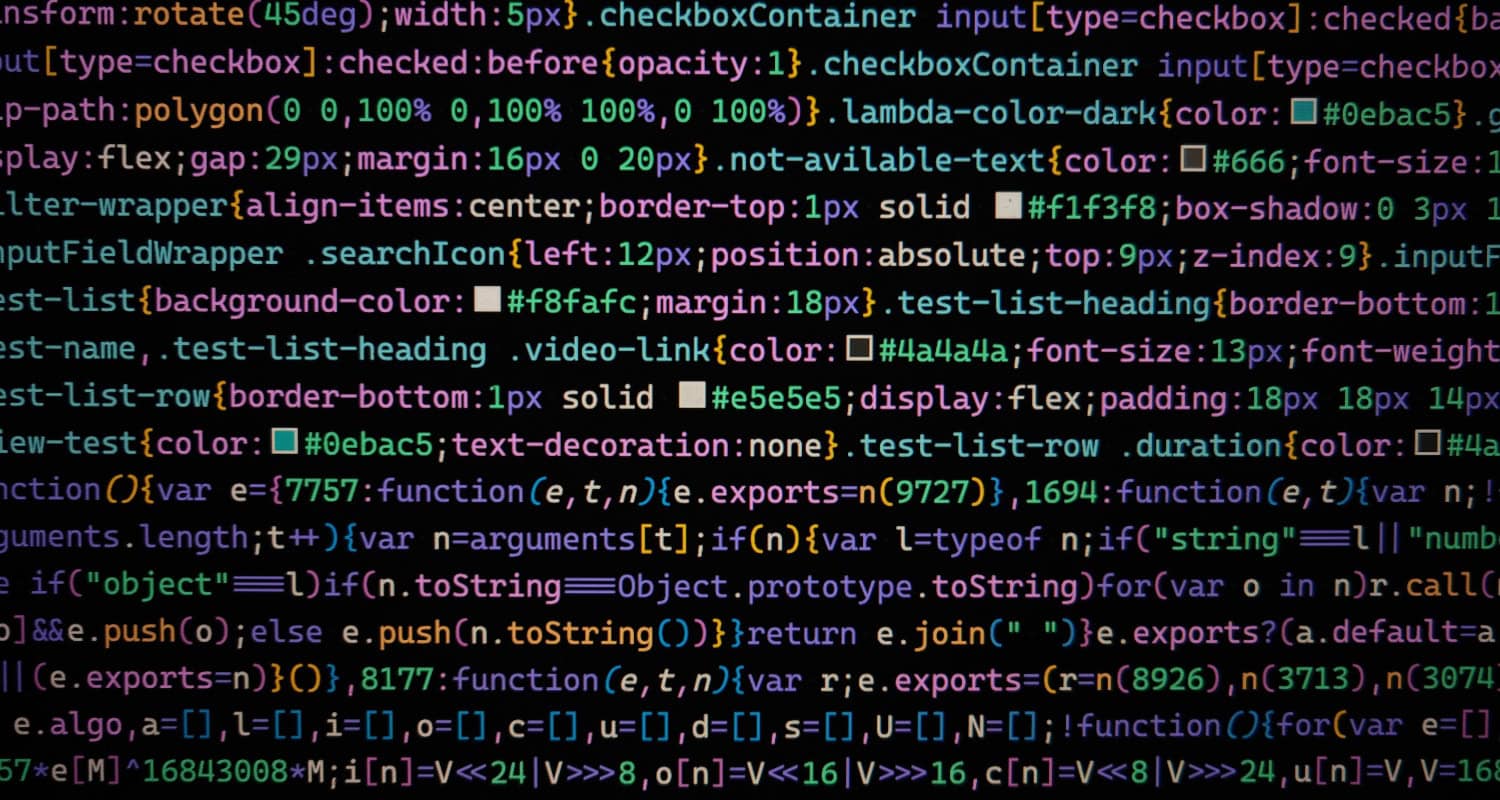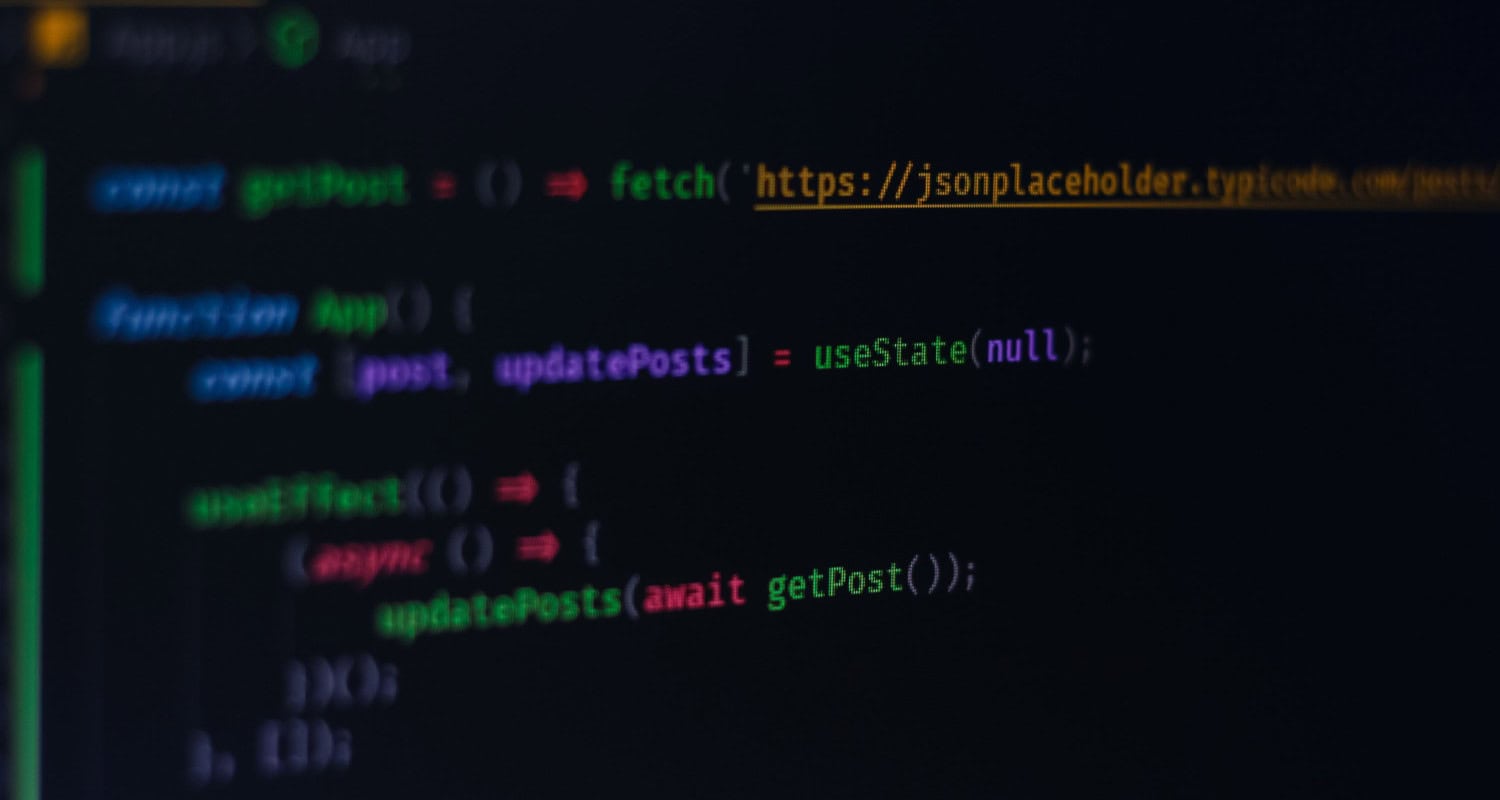React is the most widely used JavaScript library for creating user interfaces in the dynamic field of web development. The state and the Context API are two essential React tools for managing the state. We’ll browse the article to understand the lingering confusion around react context vs state.
This article will take you through the differences between both modes of approach. How to use them individually, and most importantly, when. React context vs state is an essential topic when learning to react. You need to know about them before using them in your applications.
React context vs state, choosing between them is not only based on any syntax or performance. The decision of deciding on one changes the architecture and scalability of your application. Thus, this article will guide you through the fascinating world of state management in React.
Table of Contents
What is React?
The article discusses that React is a robust JavaScript library for creating user interfaces. It is a fundamental component of contemporary web development, enabling programmers to construct dynamic and interactive applications with a surprisingly simple process.

React’s state management features, like the useState hook and the Context API, are the core of its functionality and are the subject of our investigation in this piece.
In this article, we explore how React handles data and state within components by utilizing its built-in state management tools, useState, and the Context API.
Utilizing the full potential of React to develop effective, maintainable, and interactive web applications requires a thorough understanding of the details and appropriate use cases for these state management techniques.
Visit: What is React?
Understanding useState and use Context
Before jumping into this topic, let us briefly understand react context vs state.
UseState
You can add state to functional components using the built-in React hook useState. You can use it to store and update the state of local components.
UseContext
The React Context API includes useContext. It offers a means of sending information down the component tree without explicitly sending props through each level. It helps share a global state because of this.
Comparing useState and useContext
Now that you’re familiar with these two strategies, you should know when to use them while pondering the thought of react context vs state.
Local vs. Global State
- useState: Its primary purpose is to manage the state of local components. When you need to track information unique to a specific component, you use useState.
- useContext: Managing the global state is best suited for the Context API, which includes useContext. It is perfect for situations where components at different levels of the component tree must access state, enabling data sharing across multiple components.
Performance Considerations
- useState: UseState is very effective at managing small, isolated portions of the state because it manages the local state. It only re-renders the component where the state is updated to reduce the number of pointless renders throughout the whole component tree.
- useContext: Improper use of the Context API could cause performance problems. All components subscribed to that context may re-render in response to changes in the global state. Because of this, it’s crucial to use it sparingly and consider optimizations.
Simplicity and Readability
- useState: It is simple and natural to use useState. It is a good option for managing the local state within a component because it is simple to comprehend and maintain.
- useContext: When working with deeply nested components, the Context API, which includes useContext, can occasionally result in complex and less readable code. To keep your code clear, you must adequately structure and arrange your context providers and consumers.
Flexibility
- useState: It offers a straightforward method for controlling the state inside a component. The state and its updates are entirely under your control.
- useContext: A few conventions and patterns come with the Context API, but it offers flexibility in managing the global state. To access the shared state, you must wrap components with the proper context providers and consumers.
When to use useState
After compiling the points for react context vs state, let’s talk about some situations where useState is the better option:

Local Component State
UseState is the best option when managing a state unique to a single component and not needing to be shared with other components. Some examples are UI toggles, form input management, and component-specific data management.
Simplicity
useState offers a simple, easy-to-maintain solution if your component’s state management needs are self-contained and straightforward. For smaller, simpler components, it works well.
Performance Optimisation
UseState is frequently more effective for components where performance is crucial because it updates only the local component, reducing the needless re-renders throughout the component tree.
When to use useContext
Let’s now examine some situations where employing useContext and the Context API makes more sense:
Global State Sharing
useContext is quite helpful when you need to share state between several components, particularly those spread out across different tiers of the component tree. It guarantees easy access to data without the need for prop drilling.
Complex Applications
UseContext can help centralize state management in large, complex applications where multiple components require access to shared state, improving codebase organization and maintainability.
See Also: How To Build React State Management Without Redux?
Theme or User Authentication
UseContext in situations where the state must be available throughout the application, such as when implementing themes or monitoring user authentication status.
See Also: How To Test React Context? React Testing Context
To understand this in a better way, let us look at the table given below.
React context vs state
| Aspect | useState | useContext (via useContext) |
| Local vs. Global State | Local component state | Global state sharing across components |
| Performance | Efficient for small, local state | May lead to performance issues with many consumers |
| Simplicity | Simple and straightforward | Can lead to complex and less readable code, especially with deep nesting |
| Flexibility | Direct control over local state | More conventions and patterns to follow when using context providers and consumers |
| Use Cases | Local component state, e.g., form inputs, UI toggles | Global state sharing, e.g., themes, user authentication, complex applications |
| Re-renders | Re-renders only the component when state changes | May trigger re-renders in all components subscribing to the context |
| Code Organization | Component-specific state management | Centralized, organized state management for larger applications |
| Testing | Easier to test local state | Requires extra considerations for testing components that depend on shared context |
This table summarizes the key differences between useState and useContext in React, helping you choose the most suitable approach for your specific state management needs.
See Also: Render HTML Strings With React: Boost Your Web Development
FAQs
When should I use both useState and useContext in a single React application?
Using `useState` and `useContext` in the same application is common. While `useContext` works well for global state sharing, `useState` is best for managing local component state. For data specific to a component, use `useState`; for application-wide shared state, use `useContext.`
How might using useContext with many consumers affect performance?
Performance problems may arise when using {useContext` with many consumers. This is due to the possibility that modifications to the global state cause all components subscribed to that context to re-render. Optimizing methods such as memoization or shouldComponentUpdate can help lessen this.
When using useContext, how should context providers and consumers be arranged and structured? Are there any real-world instances or recommended practices for this?
Definitely. It is essential to arrange consumers and context providers appropriately in larger applications. Grouping related context providers will improve the readability and maintainability of your code. Consider making context modules or folders to improve maintainability and organize your context-related code.
Conclusion
In conclusion, the extent and complexity of your state management requirements will determine which React method—useState or useContext—is best for you. For local component states, use useState, emphasizing performance optimization and ease of use.
On the other hand, useContext through the Context API is the preferred method for managing intricate applications, integrating with third-party libraries that depend on context, and sharing global state among components.
Making the appropriate decision will enable you to create effective and manageable React apps that meet your project’s specific requirements.
See Also: OnBlur Vs OnChange In React: Event Handling In Modern Web Apps
Enjoys programming, web development experience, experience in web technologies such as HTML, CSS, CSS Bootstrap, PHP, Javascript, MySQL, excellent IT skills.